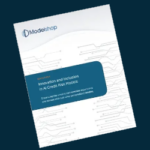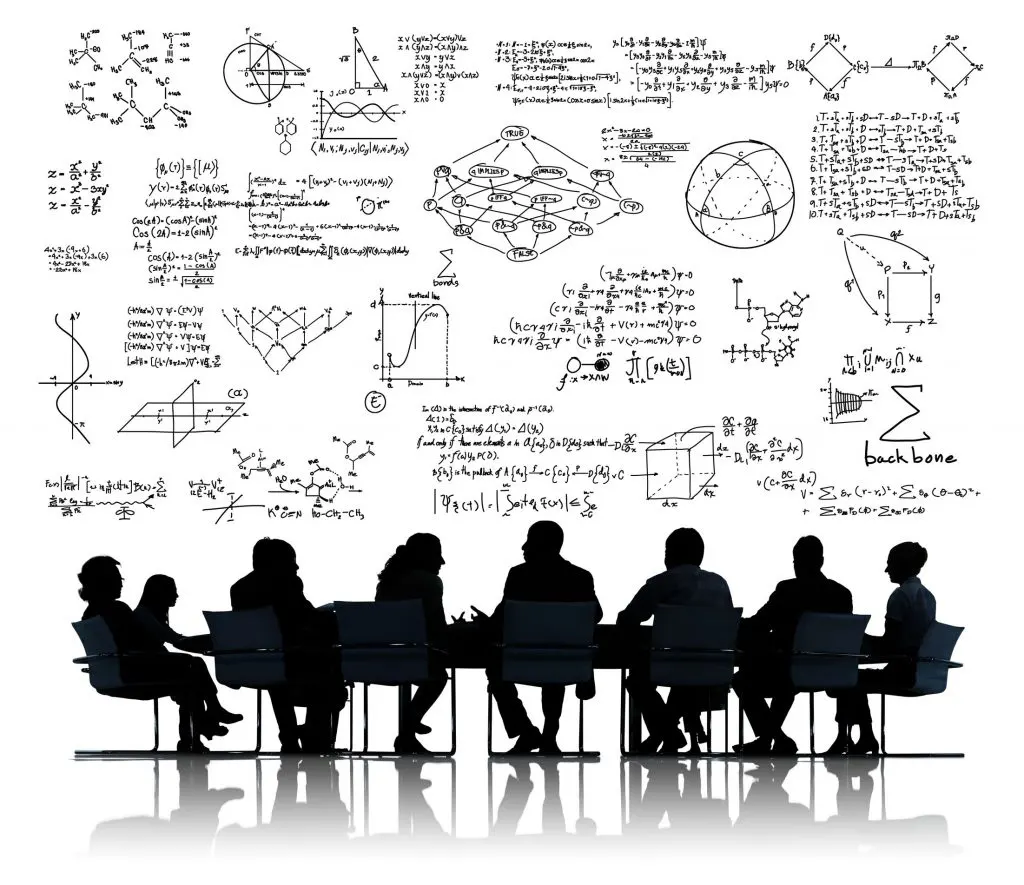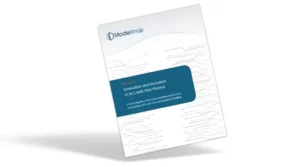(Part I)
When I started a company called Modelshop I got a lot of questions about the name. Models like in fashion? Model trains? I rationalized the confusion as coming from friends not in the IT industry. Surely the concept of models is less confusing in technology circles. Well, as it turns out, not so much. There is significant debate about the definition of models and their role in intelligent software solutions.
If you look up the term model in the dictionary, you get no fewer than 21 definitions, including nouns, verbs and adjectives. The definition closest to the models we leverage in AI is:
Model: 3. A system of postulates, data, and inferences presented as a mathematical description of an entity or state of affairs. also: A computer simulation based on such a system
Merriam-Webster
Even the dictionary is conflicted enough to add the ‘also’ part. It turns out that this subtle clarification is an important part of how models add intelligence to AI solutions.
Models are more than Predictive Analytics
The most prevalent interpretation I hear is that a model is the same as a predictive analytic, for example a logistic regression or a neural network. While these are models, predictions are typically a small part of a model driven AI solution. A predictive analytic is more or less a curve fitter. If you observe historic data points, a predictive model will ‘draw a line’ through the points so that when you observe new data points you can ‘plot’ them to predict outcomes. This is an over-simplification of course. There are more sophisticated fitting techniques that classify and cluster points and fit equations across hundreds of dimensions in multiple stages (deep learning), but the theory is the same. I’m including techniques like unsupervised classification in this predictive category for simplicity – crudely a prediction of class.
In order for AI to approve a loan, or autonomously drive a car or conduct a human-like conversation as a bot you need a lot more than predictors. The models that drive AI solutions turn out to be ensembles of predictive models, calculations, rules, decision trees and simulations that together project multiple outcomes and ultimately take action to achieve the desired goal.
As an example, if a customer calls to ask about refinancing a loan, an AI solution can not only predict the intent of the call from a chat-bot conversation, but also determine what programs they qualify for, allow the caller to select terms, recalculate their payments and complete the refinance without involving human intervention.
The Fog of Modeling Tools
When you look at everything that comprises an AI model it becomes clear that the analytics industry is too focused on predictive modeling tools and techniques. There are a ton of data science frameworks and comparatively little innovation happening in decision automation. The result is that machine learning (the process for training a predictive analytic) ends up being disconnected from the rest of the decision-making process. This disconnect, where data scientists focus on their predictions, leaving the rest of an organization grapples with cleaning data, creating strategies, calculating projections, presenting options and making decisions using entirely different tools.
Let’s talk about these other types of modeling tools, the ones that gather data, do calculations, create projections and ultimately make decisions. These processes are often scattered across multiple teams and tools, making it difficult to move data and information from one modeling step to another. If you work in finance or risk you think of models as financial models, created in spreadsheets. Technology teams are working on data models, mapping and merging data to produce new data sources using SQL or ETL platforms. Product teams often think in terms of sales and pricing models, probably also running projections in spreadsheets, to the chagrin of CRM vendors.
All of these models are important, but similar to feeling the parts of an elephant, teams working with these independent models in their disconnected tools are often not seeing the entire picture. This is why progress on AI solutions is so slow and expensive for most organization. Bringing all of these parts together into cohesive AI modeling tools that can begin to automate business and operational decisions using advanced analytics is an evolution still in its infancy.
Thank you Dr. Fauci
The good news is that we are evolving. One positive sign is that the layperson now has a better idea of what we mean by a model, thanks to briefings during the early stages of our current COVID pandemic. While questions about model trains and fashion models have subsided, I still find myself in conversations where an informed technologist immediately jumps to predictive models and asks how Modelshop is different than other data science tools on the market.
The ensuing conversation about the different types of models can fall one of two ways. Hard-core data scientists sometimes tune out, which can result in an awkward conversation. I suspect some would rather ignore the messy aspects of turning predictive models into production applications capable of making business decisions. More and more often, however, audiences are starting to see the potential of unifying all of these modeling tools into a single AI framework.
As we evolve past the honeymoon stage of AI, businesses are beginning to demand a return on their investment, and a new generation of technologists (both in IT and data science) are emerging with a business-first focus. We will continue to evolve, and we will begin to link together these different types of models across our organizations. The result will be an ability to rapidly create unified solutions that have the power to fully automate intelligent decisions and deliver on the promise of AI.
In the second blog of my two-part series, I will talk about a convergence that is happening between modeling tools and no-code technologies that is accelerating this unification of modeling and helping create a path towards ‘citizen AI’.







